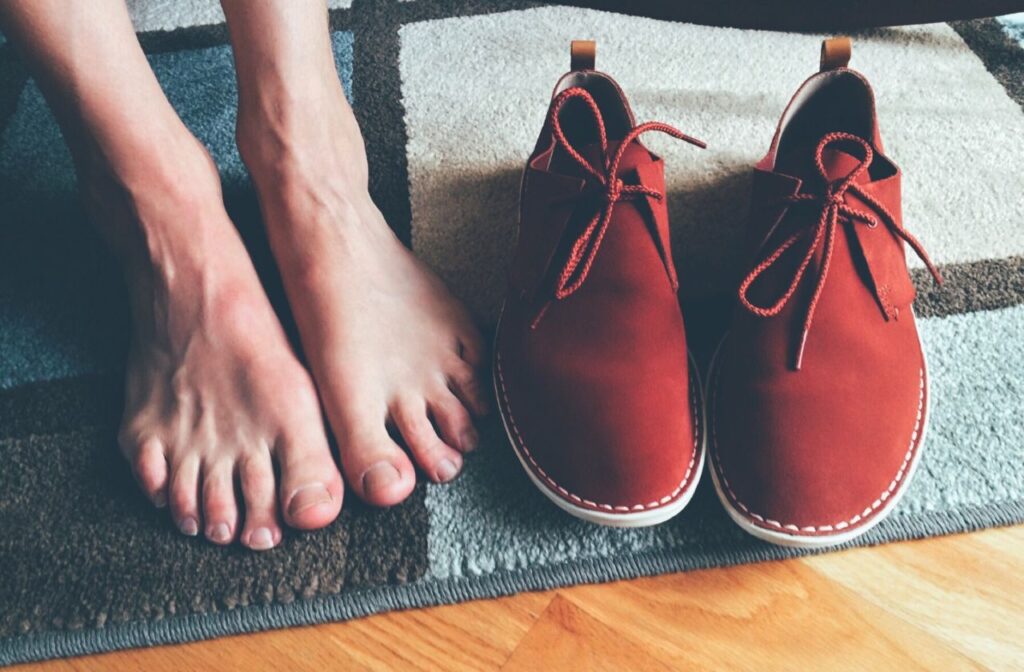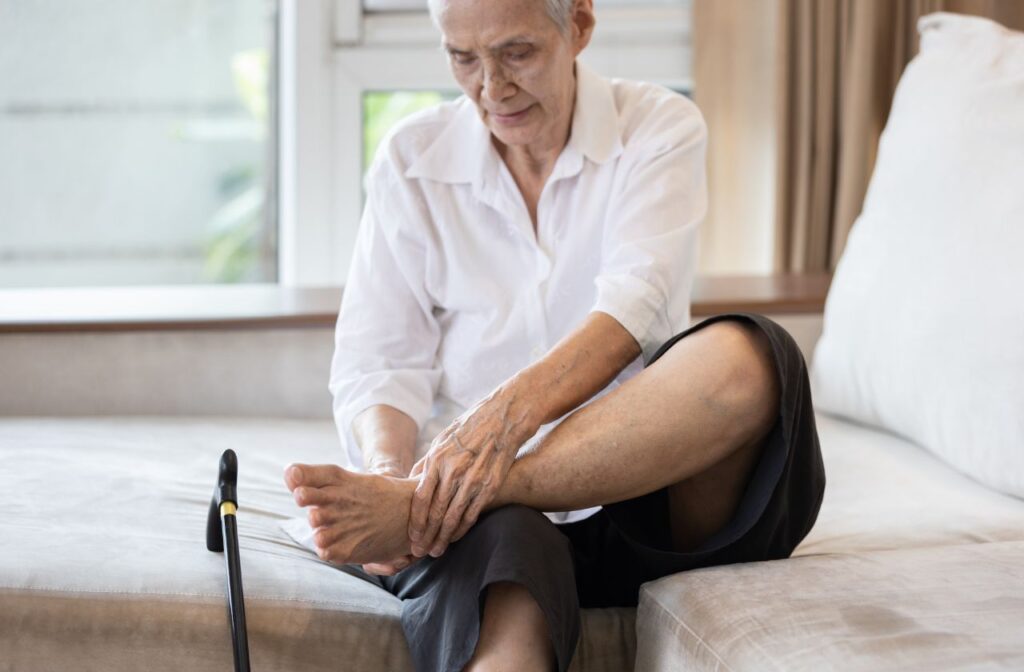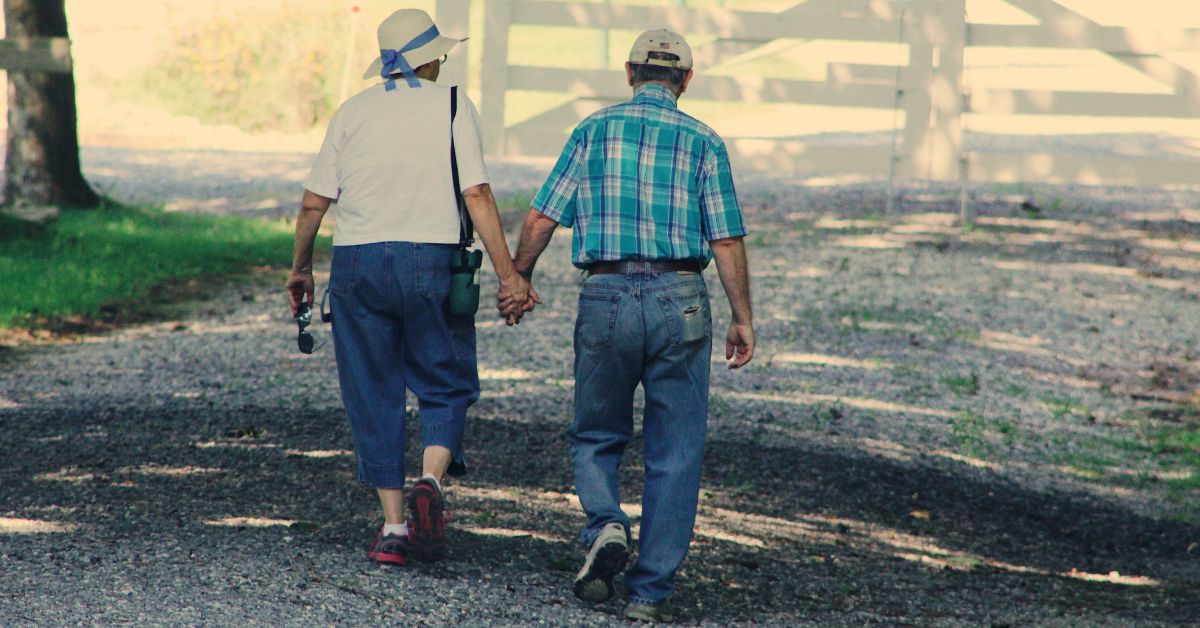Let’s talk about ageing feet! Some people may have been lucky and never had any foot problems, or maybe they have a history of issues like plantar fasciitis, either way, most people will start to experience some kind of changes to their feet as they reach the later portion of their life. Have you ever wondered how our feet change as we age?
Often the shoes you wore on your feet when you were younger have an impact on how they look and feel later on in life. Cumulative effects from footwear choices and trauma to the feet and nails gradually build-up over time. Feet often feel less comfortable and harder to care for. Let’s run through some of the common changes we see in seniors’ feet and how podiatrists can help.

How do our feet change as we age?
1. Foot Deformities and Pain
Probably the most common problem we see with age is “fat pad atrophy”. This refers to the shift or reduction of protective fatty padding along the bottom of the foot. This shift exposes the joints more and makes it more uncomfortable to walk. The pressure load on the bottom of the foot increases and can result in painful callus, corns and sometimes even bursitis. When this happens life becomes harder and daily activities and exercise tends to stop.
Arthritis will also commonly affect the feet with age. Arthritis can present as misshapen painful joints, bony protrusions and deformed toes.
2. Footwear Size
Footwear is something we tend to not think about too much if we’ve never had problems from it. It is common for us to hear phrases such as, “I have always been this size, so it’s not the shoes causing my pain”
Actually, as we age our feet can become wider. This is a gradual process, so we are not always aware that our shoes are now becoming a problem. When you do not have shoes that fit properly it can cause other problems such as, corns, callus, neuromas, bursitis and bunions. Again, this makes enjoying exercise and getting out and about harder.

3. Muscle Weakness
Muscle weakness can become an issue as we get older, whether it’s from being sick in hospital for a while or having issues with your feet that makes you want to move less. As a result of reduced activity our muscles tend to get weaker and smaller. When this happens we can lose our confidence when walking and become more unstable on our feet or getting up off a chair.
A vicious cycle then begins as you tend to enjoy exercising (like walking) less and so you do less which makes the problem worse.
By seeing a Podiatrist we can identify weak muscle groups and work with you on safe and comfortable exercises to improve your strength and confidence with walking again. This reduces the likelihood of falling and once again increases your mobility and quality of life.

How to stay mobile
The bottom line is when you are in pain, it impacts your health negatively and reduces the likelihood of continued exercise. Comfortable exercise is vital in keeping you mobile, confident and independent in your senior years.
A Podiatrist will be able to help ease any developed pain by reducing the pressure load on your feet through orthotic therapy, footwear advice and regular podiatric care.
We can treat symptoms resulting from poor footwear, foot deformities and muscle weakness. A podiatrist will also guide you in correct footwear choices and provide advice on how to improve and maintain mobility so you can stay active and healthy as you age. We highly recommend you book in for a foot health check-up today!


